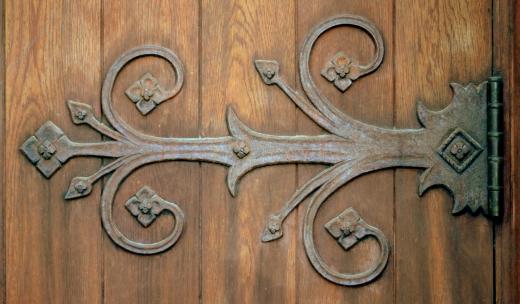A face frame is the wooden pieces outlining the exterior front perimeter of a cabinet. It is used for both appearance and function. A face frame allows for hardware to be mounted with ease, as well as adding some stability to the overall cabinet. It can also decorate the cabinet and give it a more finished look. Face frame cabinetry is more traditional in appearance.
Cabinetmakers have used face frames for hundreds of years. The vertical pieces, called stiles, connect with horizontal pieces, called rails, usually using a mortise and tenon joint. The mortise is a hole cut into the stile and the tenon is a peg cut into the rail. The two provide a secure joint that is clean in appearance. While mortise and tenon joints are traditional, butt joints or pocket-hole joinery can also be used.

Cabinets that include a face frame take much of their design from furniture. They are usually more decorative and traditional in appearance. The process of building a face frame cabinet is more time consuming and does require more wood than building a cabinet without.
A router can cut decorative profiles, such as beading, into the stiles, which can provide a more ornate look. The cabinet carcasses are generally made from some form of plywood. Plywood is made by layering thin veneers of wood together and has a rough end-grain. A face frame covers the ends of the plywood giving the cabinet a more finished hardwood appearance.
The vertical stiles of the face frame usually give ample room for the easy installation of many styles of door hinges. Some of these hinges add to the overall decorative appearance of the cabinet. Not all hinges will work on both face frame cabinets and frameless cabinets.
Depending on the material, counter tops resting on base cabinets can be heavy. The face frame on a cabinet, while not crucial, does add a small layer of structural integrity. Face frames are generally about 3/4 inch (1.9 cm) in thickness.
There are also cabinets made without this kind of construction. Frameless cabinetry is often called European or Euro style. This style gives the cabinets a more modern look. The hinges on this style of cabinetry are usually hidden and add little decorative value. In this design, the plywood end-grains are covered by gluing thin strips of a hardwood veneer to the edge, which is usually very thin and can be susceptible to damage.
